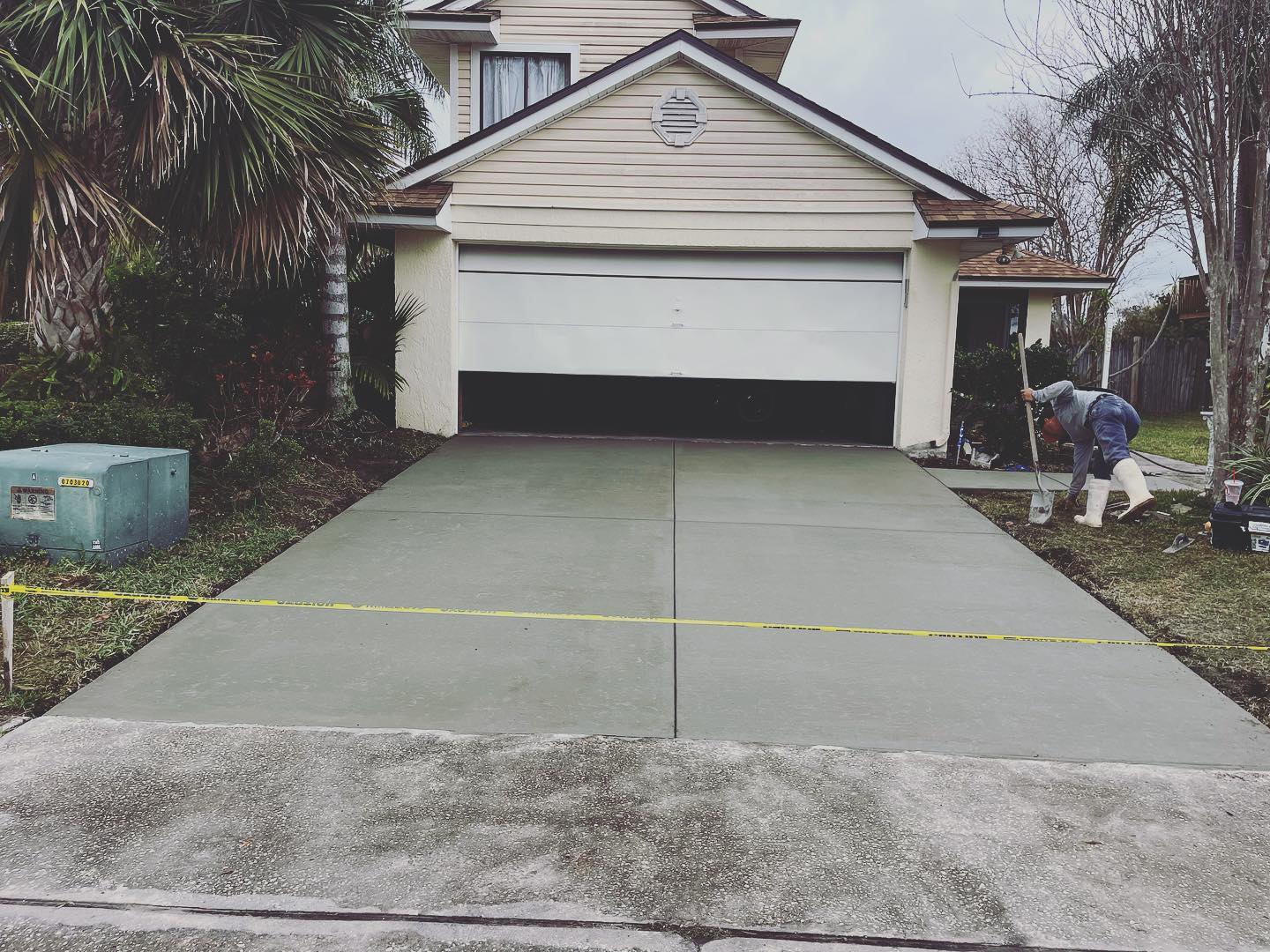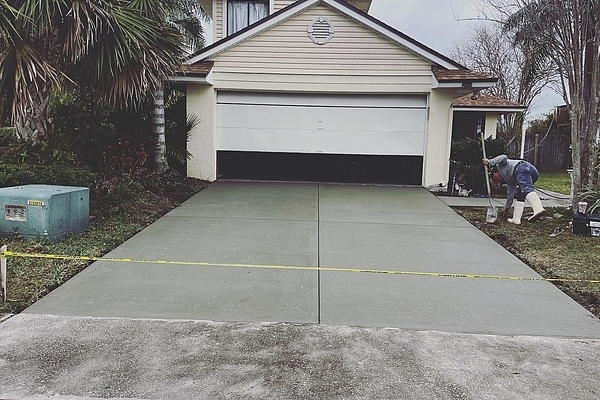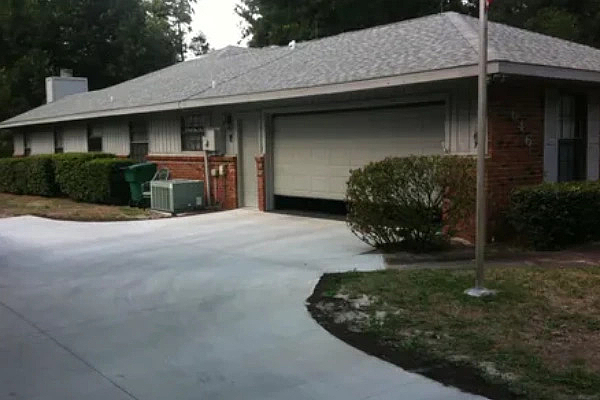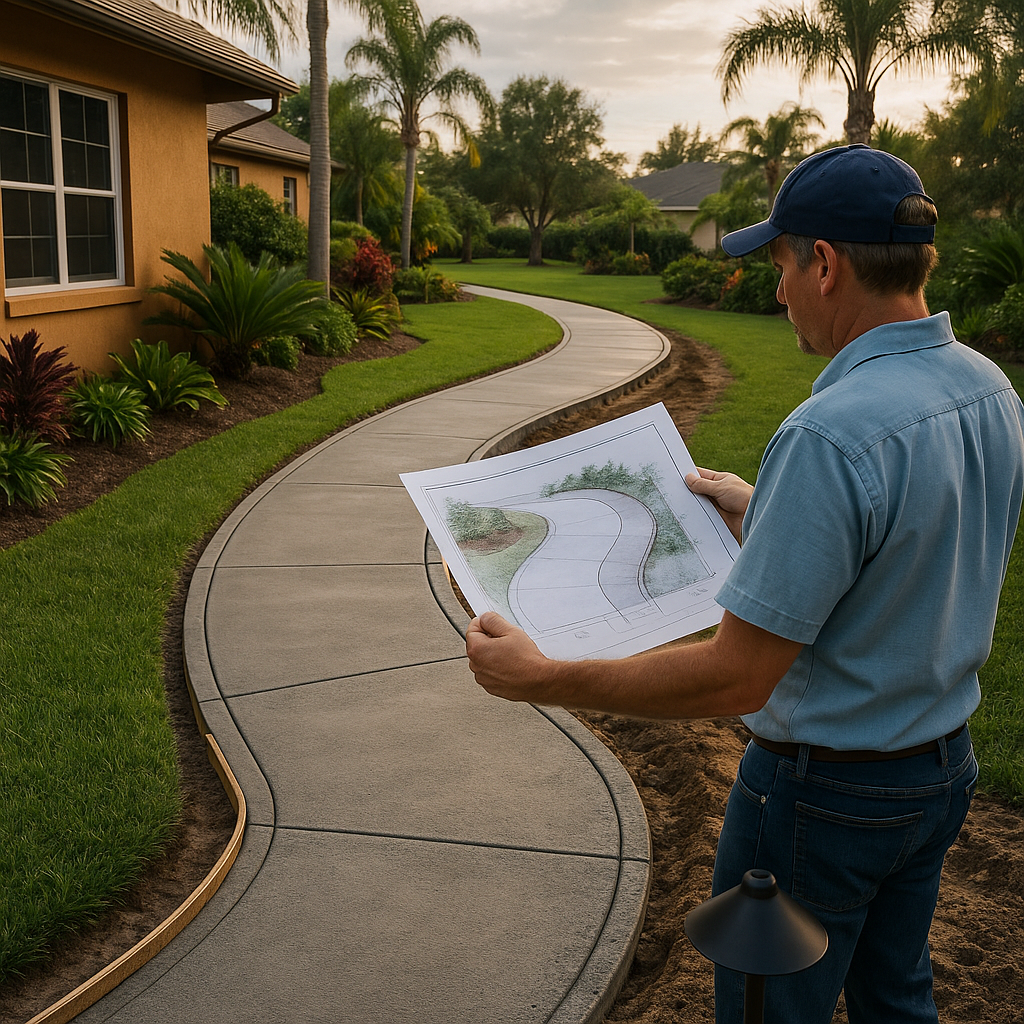How to Prevent Tree Roots from Damaging Your Concrete in Orlando

Tree roots break up concrete all over Orlando. Driveways split. Sidewalks lift. Patios turn uneven. This isn’t rare—it’s a problem almost every homeowner faces. Repairs get expensive fast. But you can keep your trees and your concrete in good shape with a few smart moves.

Concrete Damage Starts Below the Surface
Roots don’t wait for an invitation. They hunt for water and space, weaving through sandy soil and under concrete. Over time, pressure builds. Slabs shift. Cracks appear. The first signs are subtle. A hairline fracture, a slight rise at the edge of a walkway. Wait too long, and the damage spreads fast. In Orlando, sandy ground gives roots an easy path. They don’t just lift concrete. They break it apart from below.
- Raised or sunken spots in concrete sidewalks signal trouble underground.
- Cracks branch out across surfaces, growing wider each season.
- Roots poke through, lifting edges and splitting slabs.
- Patios become uneven, turning outdoor spaces into tripping hazards. See it on your patio surfaces.
- Gaps open between slabs as roots force their way through.
Spot these issues early, and you can act before repairs get expensive. Walk your property. Check your concrete driveway and walkways for changes. Don’t wait for a major break to take action.
Tree Placement Makes or Breaks Your Concrete
Planting a tree too close to concrete is asking for trouble. Large trees need space. At least 20 feet from any slab. Medium trees do best with 10 to 15 feet of clearance. Even small ornamentals need 8 to 10 feet. Ignore these distances, and roots will find your concrete. In Orlando, Live Oaks and other big natives send roots wide and shallow. They don’t respect property lines or walkways. Sabal Palms, on the other hand, grow roots deep. They’re less likely to attack your concrete, but even palms need room to grow.
Before planting, look up the mature size of your tree. Don’t trust the nursery tag. Roots often spread far beyond the canopy. Think about what’s underground, not just what you see above. A little planning now saves years of headaches later.
- Choose trees with less aggressive root systems for tight spaces.
- Keep large species away from driveways, patios, and sidewalks.
- Use smaller ornamentals near concrete, but still give them breathing room.
Once a tree is in the ground, moving it isn’t easy. Get placement right the first time, and you’ll avoid most root-related concrete problems.
Root Barriers Stop Damage Before It Starts
Physical root barriers work. They don’t just slow roots. They redirect them. Modern barriers force roots down, away from concrete. The right barrier, installed at the right depth, keeps roots from ever reaching your slabs. This isn’t a DIY job. Professional installation matters. Barriers must go deep enough to block roots but not so deep that they trap water or harm the tree. Get it wrong, and roots will find a way around.
In Orlando, root barriers protect concrete installations from the start. They’re especially useful for new construction or when planting new trees. For existing trees, barriers can still help, but installation gets trickier. Cutting roots can stress or even kill a tree. Always consult a pro before digging near established roots. When you work with our team, you get the benefit of experience. Our professionals know how to install barriers that last and keep your trees healthy.
- Install barriers before pouring new concrete or planting trees.
- Use high-quality materials that last in sandy, wet soil.
- Check barrier placement and depth. Shallow barriers won’t stop aggressive roots.
Done right, root barriers give you the best of both worlds: healthy trees and unbroken concrete.
Repairing Concrete After Root Damage
Sometimes, roots win. When they do, repairs can’t wait. Cracked, lifted, or sunken concrete isn’t just ugly. It’s a safety risk. Modern repair methods fix the problem without tearing out entire slabs. Skilled crews can lift and level uneven concrete quickly and with little mess, restoring the surface to its proper height. For cracks, targeted concrete crack repair seals the surface and keeps water out. Left open, cracks let in moisture, which weakens the slab and invites more root growth.
Don’t ignore damaged concrete. Small issues grow quickly. A single lifted edge can trip a guest or damage a car tire. Address problems as soon as you spot them. Professional repair restores both safety and appearance, often in a single day. At Concrete Solutions of Central Florida, we use advanced repair techniques to restore your concrete efficiently and safely, so you can get back to enjoying your property.
- Seal cracks to block water and stop further root intrusion.
- Remove exposed roots only with professional help to avoid killing the tree.
Repair isn’t just about looks. It’s about protecting your investment and keeping your property safe.
Protecting Your Concrete for the Long Haul
Prevention beats repair every time. Start with smart tree placement. Use root barriers where needed. Inspect your concrete regularly. Don’t wait for a major break. When you see early signs of trouble, act fast. The right steps now keep your concrete smooth and your trees healthy for years. If you’re unsure about the best approach, we’re here to help with guidance and hands-on solutions designed for Orlando’s unique conditions.
- Walk your property every few months. Look for cracks, lifts, or gaps.
- Trim roots only with professional guidance. Never hack away blindly.
- Plan new landscaping with both trees and concrete in mind.
Orlando’s climate and soil make root damage a constant threat. But with the right approach, you can enjoy shade and strong concrete at the same time.
Get Professional Concrete Help in Orlando
Concrete Solutions of Central Florida specializes in root damage prevention and repair. Call us at 407-310-5072 or contact us online to schedule your consultation.
‹ Back










